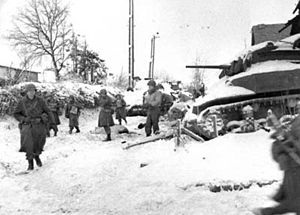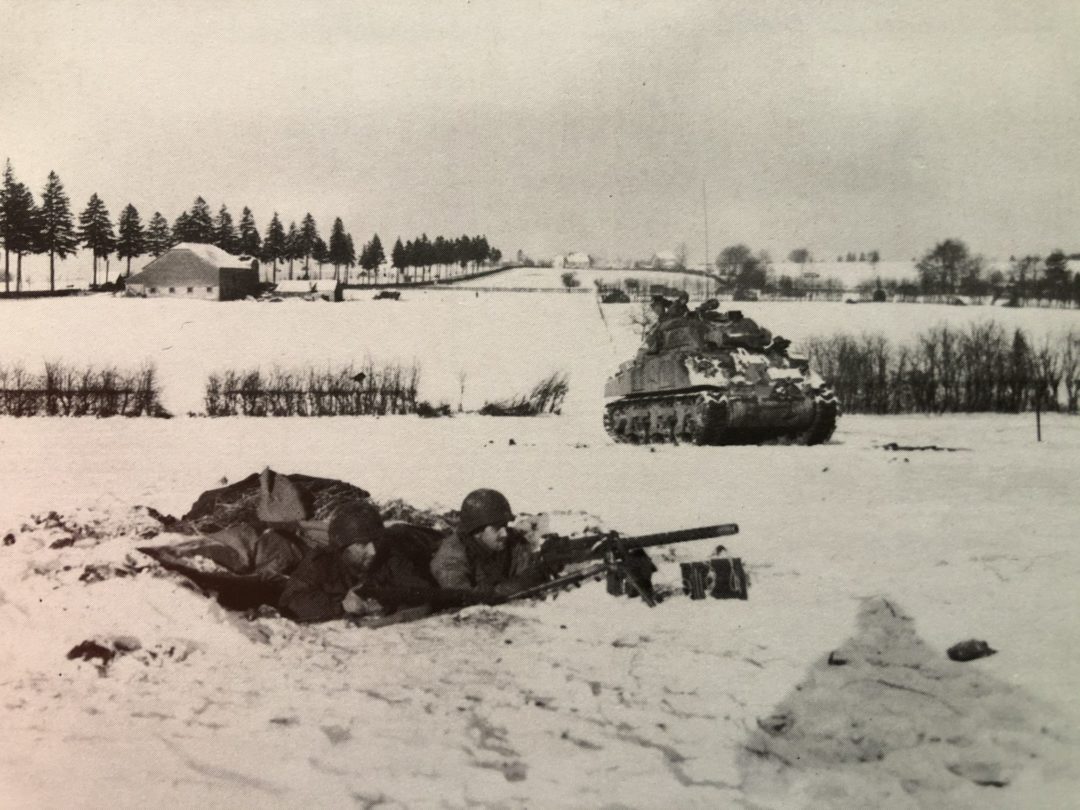

Like most American task forces, it was named for its commander, in this case Lt. This small, combined-arms group was initially assigned the mission of seizing the village of Dochamps southwest of Manhay.

The area around Freyneux was the responsibility of the U.S. The grand scale of the Bulge notwith- standing, American doggedness and bravery made the difference in dozens of small skirmishes-none more so than one in the tiny hamlet of Freyneux, Belgium, on a cold and snowy Christmas Eve. Amid the thunder of gunfire and the cries of the wounded, American soldiers proved they were a match for the best Nazi Germany could throw at them. 3rd Armored Division and the German 2nd SS Panzer Division Das Reich, fought repeatedly around the small town of Manhay in Belgium, an area of rolling fields and thick forests dotted with tiny villages centuries old.Īcross this otherwise picturesque landscape men struggled and died in foxholes and tanks. In the chaos of the Ardennes, the various units maneuvered German formations attacked and sought advantage while American ones defended, biding time while the Allies prepared a response. The last large reserves of armor the Germans possessed were thrown against the Americans in an environment where it was hoped Allied air power would be grounded by weather. Many of these small engagements were between armored forces the Ardennes fighting was the final large-scale tank bat- tle in Western Europe. In the Ardennes, many of them were desperate fights, pitting small units against each other as they vied for control of critical towns, villages, bridges, and crossroads. troops were involved, and around 81,000 of them became casualties. Like any action of such size and scope, however, the Bulge was really hundreds of smaller actions linked by common purpose. The Battle of the Bulge is famously known as the largest battle fought by the U.S.


 0 kommentar(er)
0 kommentar(er)
